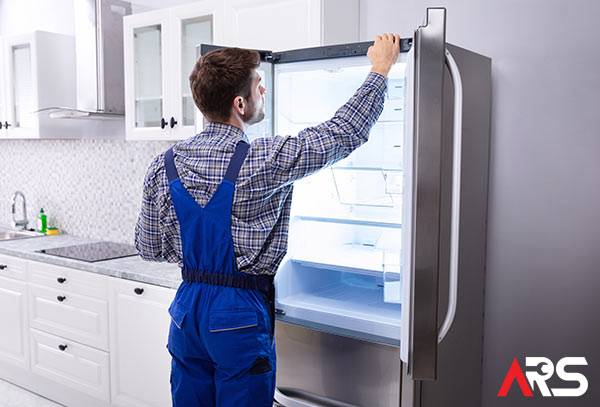Chances are that you are still continuing with your old refrigerator that you bought years ago. Refrigerator units in the past consumed much more electricity as compared to the contemporary ones available these days. So the first thing would be to buy a new refrigerator if you can afford one as the electricity savings in the coming two years can compensate for the cost you may have incurred for the new unit.
There are many ways and best practices which can be adopted in terms of refrigerator use which can cut the electricity bill to a substantial degree.

1. Defrost
Most of the modern refrigerators come with an automatic defrost mechanism which restrains the refrigerator from building glaciers and thus consuming more power in return. Though this is an automatic feature in the most modern refrigerators, you should always check that the ice formation is negligible and in case the defrost is not working properly, than you should always go ahead and get it checked by a refrigerator service engineer.
2. Cleaning the Condenser Coils
In the due course of time, dirt and mud can stick to the condenser coils usually located in the back of the refrigerator. The dirt deposits can hinder the distribution of the heat properly as well as the release of the heat in the surroundings. This accumulation of heat can really slow the performance or even damage your refrigerator. Any additional efforts by your refrigerator to maintain the cooling can result in extra power consumption and thus inflating your electricity bills.
3. Testing the Actual Heat
The ideal temperature to set the refrigerator is between 2C°(35F°) and 3C°(38F°) and the freezer needs to be between -17C°(1F°) and -55C°(-67F°). All the temperature settings should be optimized to maintain proper cooling inside the refrigerator. Sometimes, lowering the temperature too much can only result in increased electrical consumption.
4. Checking on Loss of Cooling
Every now and then you should check whether your refrigerator is cooling properly, one of the main reasons that your fridge is not cooling properly is that the cold is escaping from a damaged door closing mechanism.
Always make sure that there are no gaps when the door closes and the magnets of the door stick to each other as they should. The rubber of the doors should always be checked as it may crack due to aging or any other factor and can be one of the main reasons why your refrigerator is not producing the desired cooling.
Any escape of cold from the refrigerator is bound to put more pressure on the unit to produce more cooling and thus put an extra dent in your electricity bills.
Apart from the points mentioned above, some good meal refrigeration storage habits can also go a long way in cutting down the electrical bills of your refrigerator. One of these crucial points would be to cool the food to room temperature before putting it inside the fridge. If food which is too hot is placed inside the refrigerator, not only will it spoil the food, but may also damage the crucial parts of your refrigerator.
Opening the refrigerator door too often can also result in cool air escaping which simultaneously results in extra pressure on the compressor to compensate for the lost cooling.
The above mentioned ways and practices can go a long way not only to increase the lifespan of your fridge but also in cutting down the electricity bills significantly.
Another way to save on energy is to use Energy Star certified Samsung Refrigerators and LG Fridges. Visit our authorized LG and Samsung Appliance Repair pages for more details.